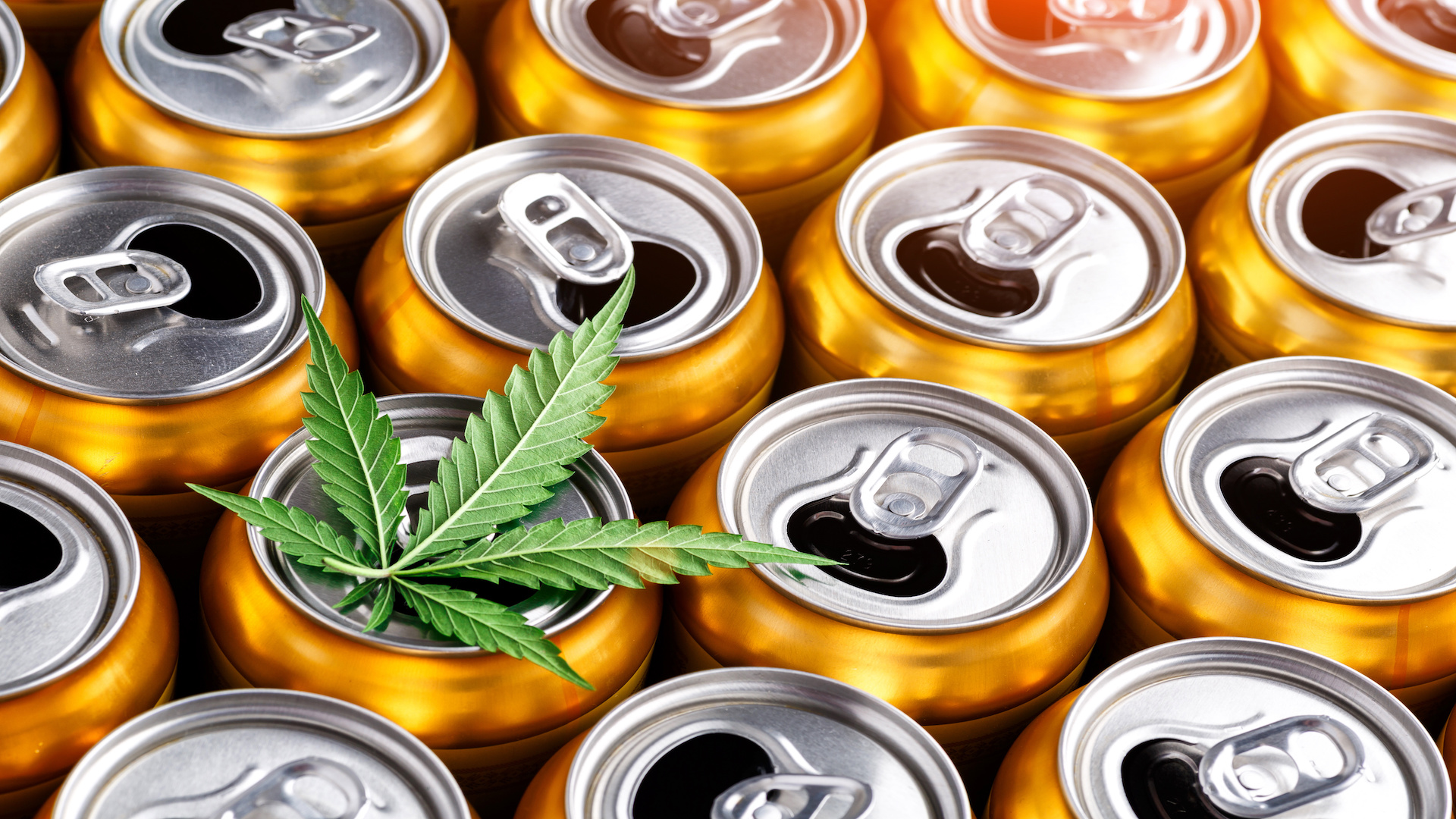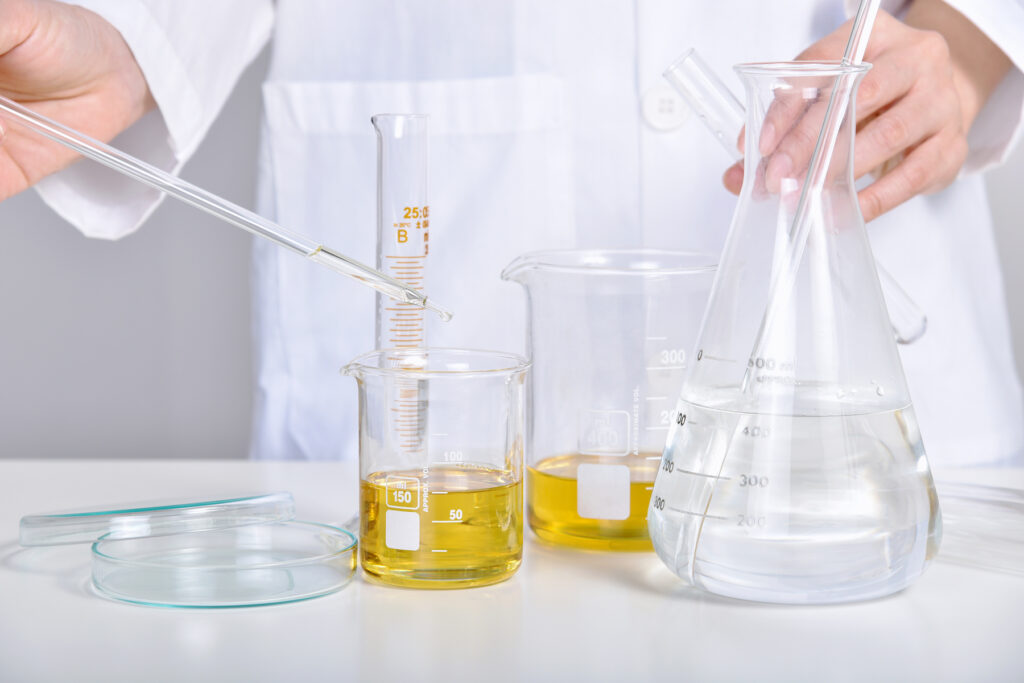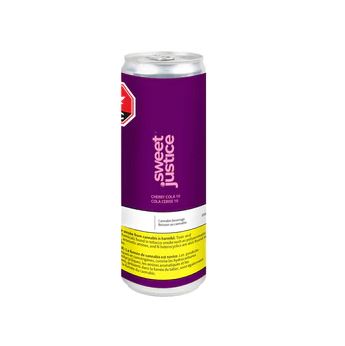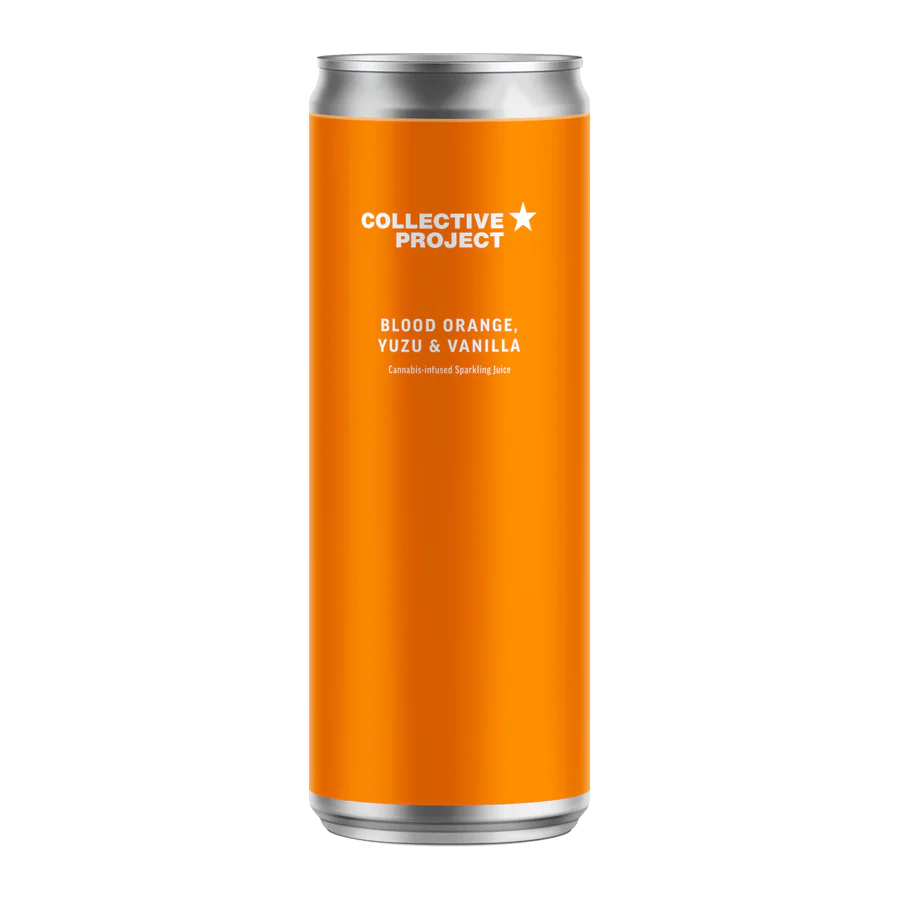
Canada’s Weed Drinks Are This Summer’s Secret Success Story (Finally)
Some pretty big promises have been made to consumers about Legalization 2.0 in Canada and the launch of new concentrates, vapes and especially fortified beverages.
As a cannabis reporter, I was interested in the cannabis beverage phenomenon from an early age—or rather, the promises made by cannabis beverage companies.
Manufacturers had a year from federal legalization in 2018 to create new formulas and flavors, and the industry made particularly wild promises that cannabis beverages would overtake alcohol sales.
That was maybe a bit ambitious – then they couldn’t sell the drinks as they had hoped.
Related
6 new Canadian infused drinks
It was maybe a bit cocky; The promises made were big… but so were the deals. AB InBev had just signed a $100 million beverage development deal. Canopy was afloat in Constellation Brands’ equity and poured more than $700 million into a bottling plant, and Hexo had partnered with Molson Coors to create a burgeoning all-beverage company called Truss.
Nonetheless, as they told me in Merry Jane, licensees were in search of the “perfect product to break down all the boundaries between people who use cannabis and those who don’t”.

Fast forward three years. Cannabis drinks have firmly established themselves in the Cannabis 2.0 range. They truly represent an innovative and unique take on cannabis consumption.
But have they done what their creators promised – that is, created a cannabis drink with a 15-minute alcohol-like onset? Have they created something to compete with alcohol that’s more than just a liquid edible?
Failures in the first wave resulted in the loss of customers and capital
Cannabis beverages were slowly hitting shelves, with the first brands appearing in early 2020 before the pandemic. The first reviews were extremely mixed. Most of the options available were low-dose 2mg offerings, and they hadn’t hit the mark yet.
“It’s an acquired taste,” wrote one reviewer. “I couldn’t finish the can.”
“With the first generation of drinks, they just put distillate in the drinks, and when you put distillate in the drinks, it sticks to the inside of the can. For all the hype and everything surrounding this category, the manufacturers haven’t done a good enough job of actually impressing. It was really disappointing.”
— Derek Prentice, founder of cannabis beverage company Propel
Another reviewer in the Toronto Star noted the “slightly filmy texture and mouthfeel” of one Veryvell fizzy drink and the “Kelpy taste” of another — owing to the glycerin used to infuse many first-generation cannabis drinks.
Many agreed that the drinks mostly lived up to their promise and got them high, but both the mediocre taste and the 30 minute start proved that there was clear room for improvement.
The main obstacle, Prentice recalls, was technology: Beverage makers rushing to market used distillates and oils, struggling with a vexing problem (first identified in California) where the lining of the cans degraded the cannabinoids.
“The worst thing about the first batch of drinks was that once they sat on the shelf for three months, the potency dropped off sharply.” Then, with the arrival of the pandemic and retail stores stalling, the drinks sat on the shelves for a while.
In the middle of the year, however, the massive investments in the sector began to bear fruit. Truss’ first offerings hit shelves in August 2020, and smaller companies like Prentice began refining their emulsions. In the case of Propel, they started working with Vertosa, a US supplier of nanoemulsions.
Cheers to technology and actually delicious weed drinks

Getting nanoemulsions right was key, says Prentice. Vertosa, in particular, claims that their nanoemulsion technology solves the problem of oily beverages and their reactions with the can liner.
Companies have tapped into other vendors, but the idea has been consistent — Versus’ Black Cherry Rapid Seltzer, the second best-selling product in Ontario, uses nanoemulsions from a Seattle-based company called SōRSE.
The early generation drinks often had a steeping time of between 30 minutes and two hours – like other edibles. Nano-emulsions, on the other hand, allowed cannabinoids to enter your system as soon as they touched the inside of your mouth (many budtenders recommend swirling drinks in your mouth while you sip).


It also essentially defeated the more ambitious, unproven proposals to brew infused beverages directly from cannabis plants.
“The technology we’ve used has been consistent since our inception,” said Melanie Smith, director of innovation at Truss. “We did a lot of due diligence. We really have beverage experts who are used to working in these formats.”
If you ask Prentice, solving the nanoemulsion problem helped the industry overcome the biggest hurdle: effectiveness. To compete with alcohol, they had to solve the age-old problem of slow-acting, unpredictable edibles. “Efficacy is always important,” says Prentice. “Always. In my opinion it’s on the same level as the taste.”
2022: pot drinking summer?
With most of the industry adopting nano-emulsion production technology, the technical issues for a cannabis drink with an effect duration of 15 minutes or less have eased.
The industry is now moving on to the next thing: getting people to actually drink them.
On this front progress has been slow. According to recent data from Headset, beverages account for just 1.9% of Ontario cannabis sales; in BC it is 1.5%. Last April, Labatt Breweries pulled out by closing Fluent, its cannabis beverages arm.
However, the push is underway to improve the category, with Truss President Dave Schlosser calling 2022 the “summer of cannabis-infused beverages.” The category seems ready to take off, and the return of more social events makes cannabis drinks a viable alternative to alcohol. “Beverages are up 25% year-to-date,” says Smith.
Related
Guide: How to make cannabis drinks at home
In Ontario, beverages have quietly doubled their market share over the past year, with Truss saying their data shows a 2.4% market share. “The trends in beverages are definitely going in the right direction,” she says.
These include more choice and improved offerings. Collective Project, made by craft brewery Collective Arts, was a line of cannabis beverages that was a quick hit with consumers and is currently the best-selling beverage in Ontario. (Their Yuzu Blood Orange Vanilla was recommended by several budtenders I interviewed.) Sweet Justice Cherry Cola, made by independent Electric Brands, is the second best seller in BC
“There was a massive boom of new brands and new products coming online. I think consumers have more choices than ever. It has become more competitive and you need to improve your game. This spring/summer alone we launched 15 new products.”
– Melanie Smith, Director of Innovation at Truss
It is still unclear where the boom will settle down. The industry has lobbied heavily for legislative changes – consumers are currently limited to purchasing five 12 oz drinks – to increase access and hopefully increase the cost per drink for consumers, but there hasn’t been much response from HealthCanada. They also improve production, Smith says.
Beverage formulators are refining their methods, and manufacturers have turned to stronger beverages, approaching the 10 mg ceiling without sacrificing taste. The cannabis beverage category is growing slowly, but its proponents believe there’s still plenty of potential — approaching a 4% or 5% market share probably isn’t unrealistic, says Smith.
More about cannabis in Canada
Craft businesses like Prentice also see advantages in this. “In terms of longevity, the beverage category will continue to grow,” he says. Like other parts of the cannabis industry, he believes the second wave of producers, many of whom are independent, will improve upon the fundamentals outlined by larger producers.
“I definitely think this is here to stay. I’ve spoken to so many people who have stopped drinking and switched to cannabis based drinks,” he says. “If you want a low-calorie drink, there’s that. If you want a low-sugar drink, there’s that, too. There is a different drink for everyone.”
Kieran Delamont
Kieran is a writer and photographer based in Nova Scotia, in Mi’kma’ki, the Mi’kmaq ancestral and non-ceded territory. His work has appeared in Broadview, The Walrus, Maisonneuve and elsewhere, and he has been writing about the cannabis industry since 2016.
Check out Kieran Delamont’s articles
By submitting this form, you are subscribing to Leafly news and promotional emails and agreeing to Leafly’s Terms of Service and Privacy Policy. You can unsubscribe from Leafly email communications at any time.

Post a comment: